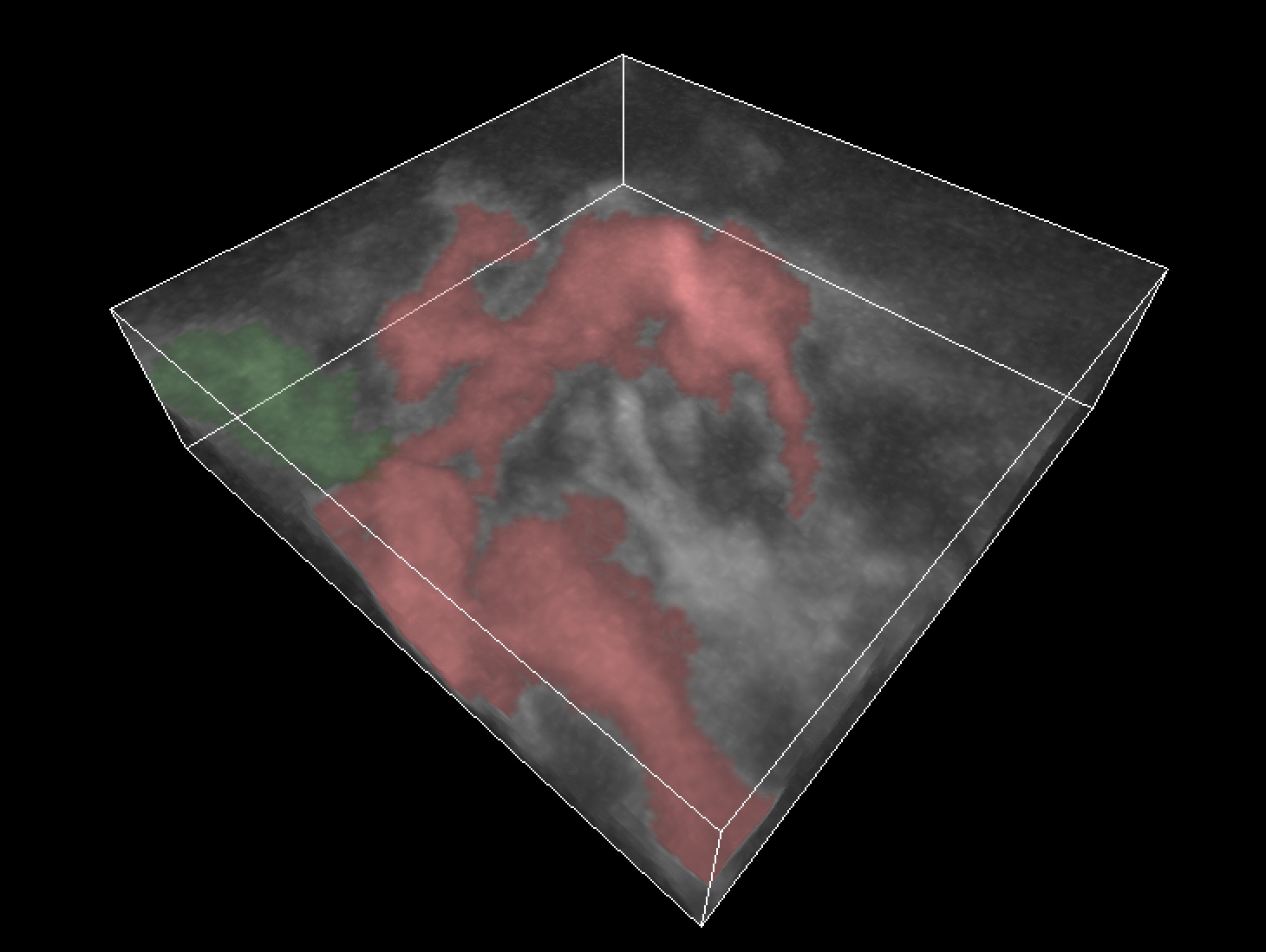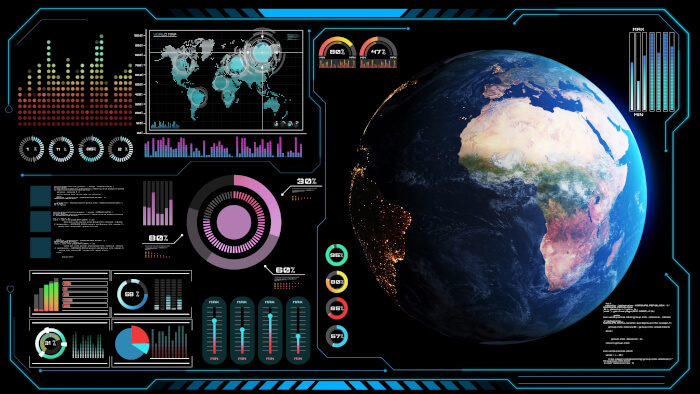Glue is an open source Python library to explore relationships within and between related datasets.
Glue is designed with “data-hacking” workflows in mind, and can be used in different ways.
Glue is a multi-disciplinary tool. It’s used on astronomy data of star forming-clouds, medical data including brain scans, and many other kinds of data.
Features include:
- Interactive, linked statistical graphics of multiple files.
- Create scatter plots, histograms and images (2D and 3D) of their data. Glue is focused on the brushing and linking paradigm, where selections in any graph propagate to all others.
- Uses the logical links that exist between different data sets to overlay visualizations of different data, and to propagate selections across data sets.
- Support for many file formats including common image formats (jpg, tiff, png), ascii tables, astronomical image and table formats (fits, vot, ipac), and HDF5. Custom data loaders can also be easily added. Glue provides a simple mechanism for creating custom visualizations using matplotlib.
- Highly scriptable and extendable.
- Built on top of its standard scientific libraries (i.e., NumPy, Matplotlib, SciPy).
- Monitor the data files you’ve loaded for changes, and to auto-refresh plots when needed.
- Easily integrate your own Python code for data input, cleaning, and analysis.
- Customize many aspects of your Glue environment. Glue lets you create custom data loader functions, custom link functions, and more.
Glue relies on several libraries to parse different file formats:
- Astropy for FITS images and tables, a variety of ascii table formats, and VO tables.
- scikit-image to read popular image formats like .jpeg and .tiff.
- h5py to read HDF5 files.
Glue has the following dependencies:
- Python 2.7, or 3.3 and higher;
- Numpy 1.9 or later;
- Matplotlib 2.0 or later;
- Pandas 0.14 or later;
- Astropy 1.0 or higher;
- setuptools 1.0 or later;
- Either PyQt5 or PySide2;
- QtPy 1.2 or higher – this is an abstraction layer for the Python Qt packages;
- IPython 4.0 or higher;
- ipykernel;
- qtconsole;
- dill 0.2 or later (which improves session saving);
- h5py 2.4 or later, for reading HDF5 files;
- xlrd 1.0 or later, for reading Excel files;
- mpl-scatter-density, for making scatter density maps of many points;
- bottleneck, for fast NaN-friendly computations.
Website: glueviz.org
Support: Documentation, GitHub Code Repository, Mailing List
Developer: Glue developers
License: BSD License

Glue is written in Python. Learn Python with our recommended free books and free tutorials.
Return to Python Visualization Packages
| Popular series | |
|---|---|
| The largest compilation of the best free and open source software in the universe. Each article is supplied with a legendary ratings chart helping you to make informed decisions. | |
| Hundreds of in-depth reviews offering our unbiased and expert opinion on software. We offer helpful and impartial information. | |
| The Big List of Active Linux Distros is a large compilation of actively developed Linux distributions. | |
| Replace proprietary software with open source alternatives: Google, Microsoft, Apple, Adobe, IBM, Autodesk, Oracle, Atlassian, Corel, Cisco, Intuit, and SAS. | |
| Awesome Free Linux Games Tools showcases a series of tools that making gaming on Linux a more pleasurable experience. This is a new series. | |
| Machine Learning explores practical applications of machine learning and deep learning from a Linux perspective. We've written reviews of more than 40 self-hosted apps. All are free and open source. | |
| New to Linux? Read our Linux for Starters series. We start right at the basics and teach you everything you need to know to get started with Linux. | |
| Alternatives to popular CLI tools showcases essential tools that are modern replacements for core Linux utilities. | |
| Essential Linux system tools focuses on small, indispensable utilities, useful for system administrators as well as regular users. | |
| Linux utilities to maximise your productivity. Small, indispensable tools, useful for anyone running a Linux machine. | |
| Surveys popular streaming services from a Linux perspective: Amazon Music Unlimited, Myuzi, Spotify, Deezer, Tidal. | |
| Saving Money with Linux looks at how you can reduce your energy bills running Linux. | |
| Home computers became commonplace in the 1980s. Emulate home computers including the Commodore 64, Amiga, Atari ST, ZX81, Amstrad CPC, and ZX Spectrum. | |
| Now and Then examines how promising open source software fared over the years. It can be a bumpy ride. | |
| Linux at Home looks at a range of home activities where Linux can play its part, making the most of our time at home, keeping active and engaged. | |
| Linux Candy reveals the lighter side of Linux. Have some fun and escape from the daily drudgery. | |
| Getting Started with Docker helps you master Docker, a set of platform as a service products that delivers software in packages called containers. | |
| Best Free Android Apps. We showcase free Android apps that are definitely worth downloading. There's a strict eligibility criteria for inclusion in this series. | |
| These best free books accelerate your learning of every programming language. Learn a new language today! | |
| These free tutorials offer the perfect tonic to our free programming books series. | |
| Linux Around The World showcases usergroups that are relevant to Linux enthusiasts. Great ways to meet up with fellow enthusiasts. | |
| Stars and Stripes is an occasional series looking at the impact of Linux in the USA. | |
